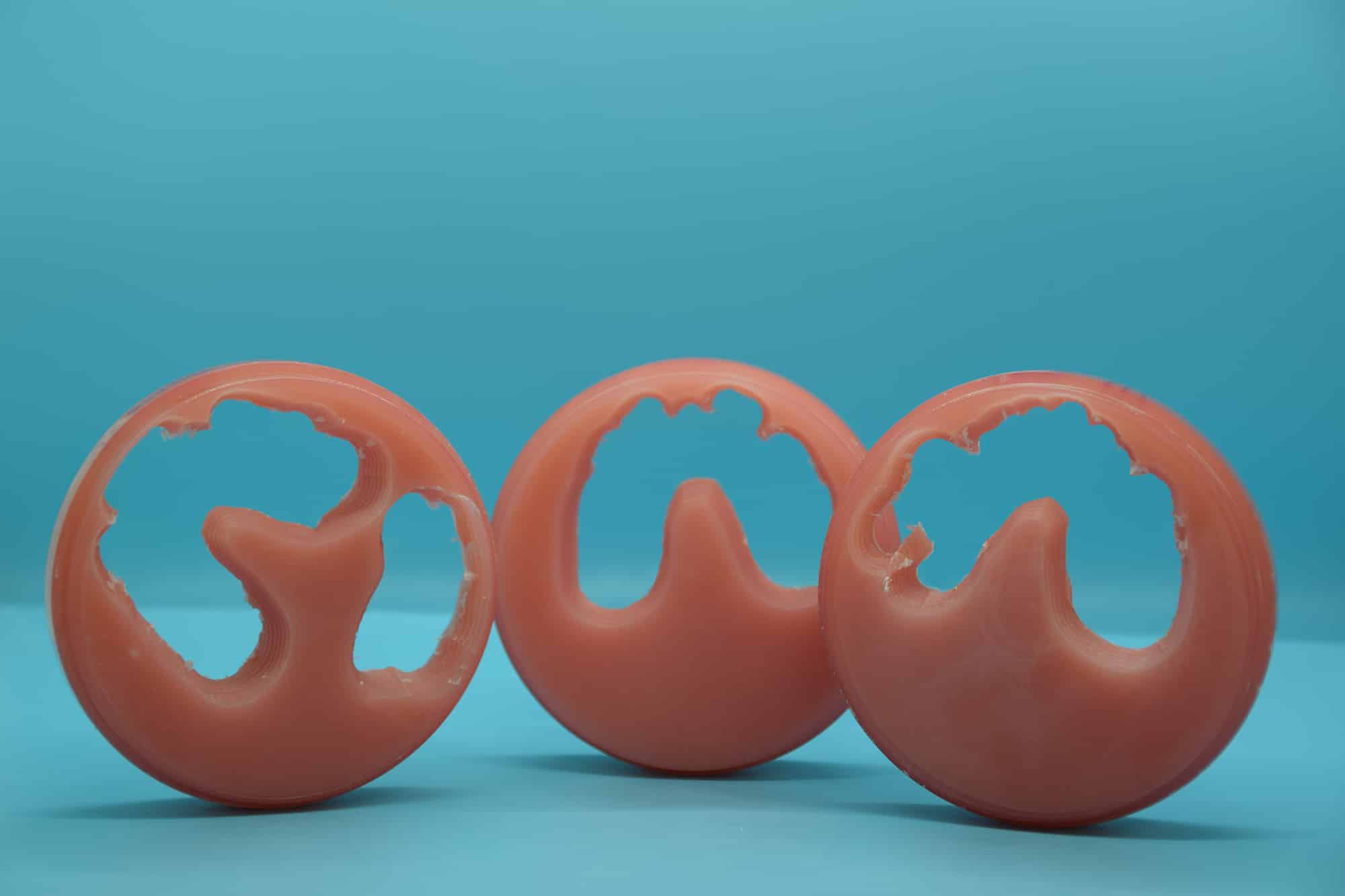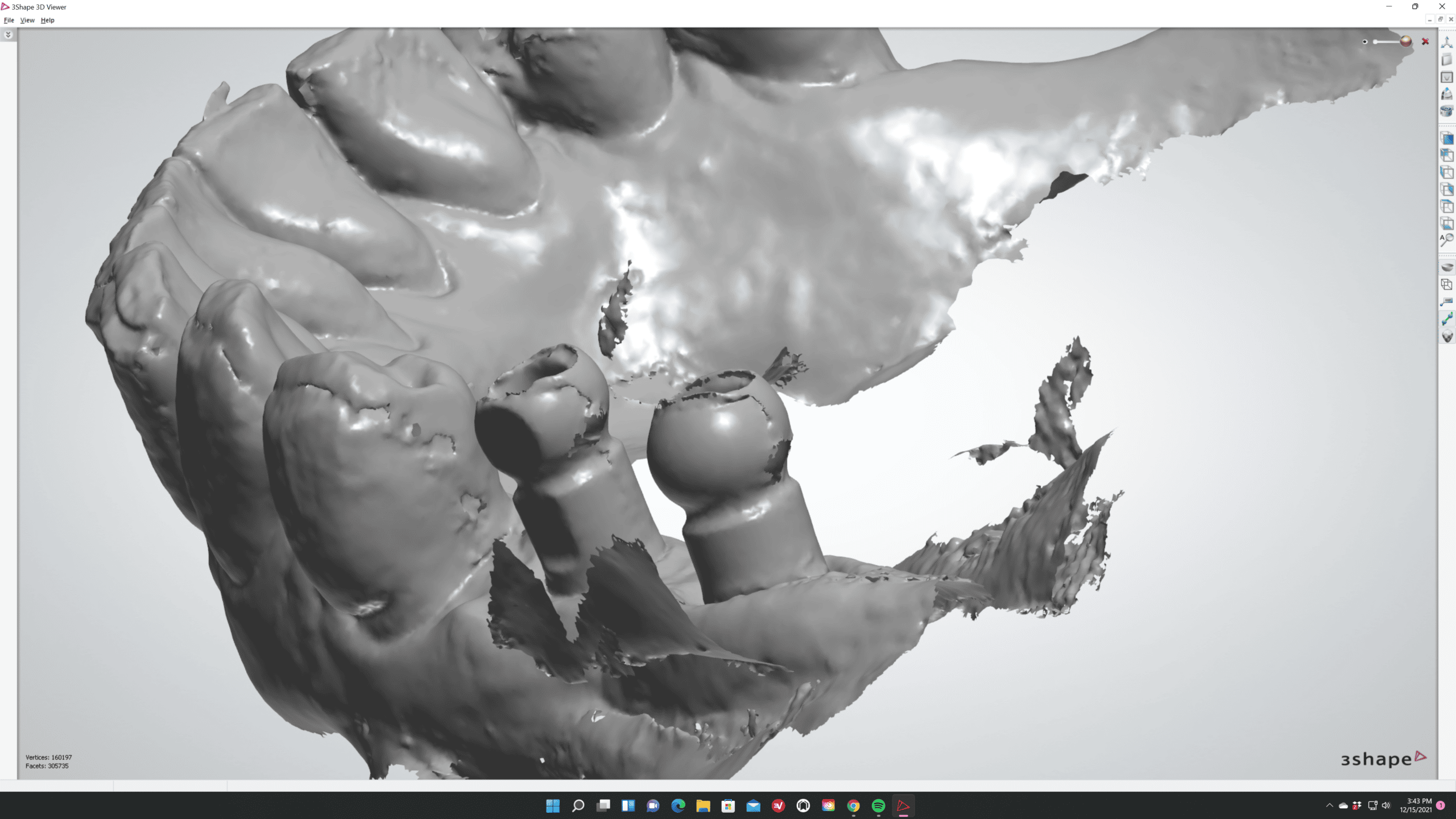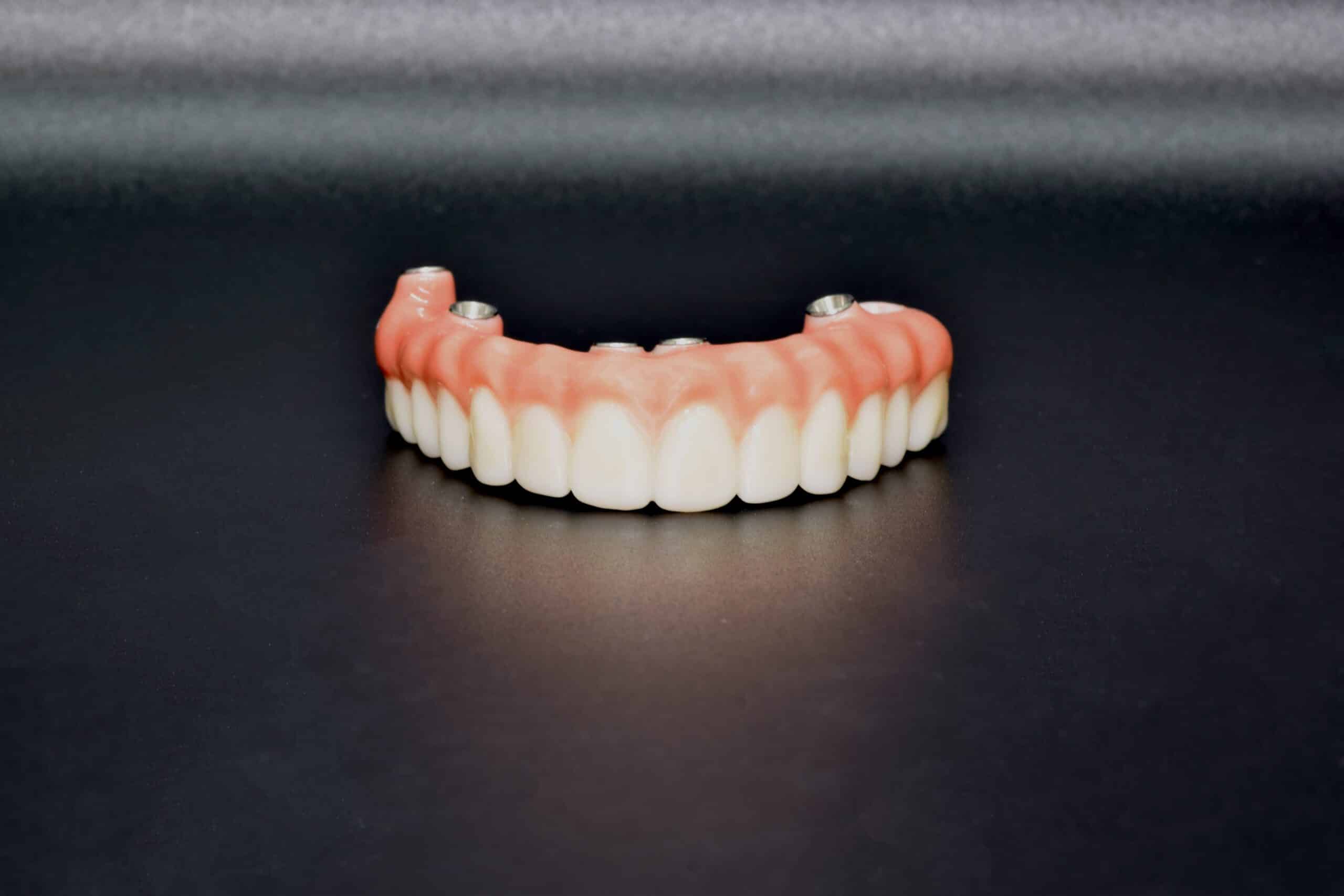Home » Dental Technology » 3D Printed Metal Partial Dentures
3D Printed Metal Partial Dentures
3D Printing Technology…It’s Going to be Big!
In mid 2020 Utica Dental Lab invested in a EOS M 100 DMLS printer. The technology has allowed us to completely revamp our metal partial framework workflow.
The process has superseded metal casting entirely. The workflow has been simplified, final prostheses accuracy and strength have been improved.
Partial dentures need to fit the patient without any compromise, as well as looking natural and aesthetic. Formally, our frameworks were casted by hand, a complex and cost-intensive process.
Before we get into the process for partial dentures, let’s take a look at how metal printing works.
DMLS 3D Metal Printing
Direct metal laser sintering (DMLS), also called selective laser sintering (SLS), is a type of metal additive manufacturing or 3D printing. It’s used for both for rapid prototyping and mass production of metal parts.
DMLS follows the basic process sequence for most 3D printing technologies: model, slice, and print layer-by-layer. Once a 3D model is created and sliced with the appropriate software, the code needed for the printer to make the part is supplied to the printer, and the physical process can begin.
To start, the DMLS printer hopper is filled with the desired metal powder. Printer heaters bring the powder to a temperature near the sintering range of the alloy. The printer uses an inert gas, which protects the heated powder and part as it is built.
The build begins with dispensing a thin layer of metal powder onto the build platform. The laser then begins its path for this layer, selectively sintering the powder into a solid. The sequence of dispensing a layer and sintering continues until part completion.
After the printing is completed, the part is left to cool. Then the surrounding loose metal powder is removed from the printer. The last steps include support removal as well as any post-processing needed.
DMLS parts can be treated like metal parts produced by conventional metal working for further processing. This may include machining, heat treatment, or surface finishing.
Building an object layer-by-layer allows for the efficient and affordable production of complex internal and external geometries. This is simply not possible with subtractive (machining) or formative (molding) processes.
Metal Partial Framework Printing Process – Lab Requirements
The technology and innovative engineering that went into developing 3D printing is complex and awe inspiring.
The process for using this technology is exceedingly simple.
The process starts, as most dental lab protocols do, with an accurate impression. We can use full arch intraoral scans, assuming the patient is not completely edentulous. Or we can pour traditional models and scan them into our design software. Utica Dental Lab utilizes 3Shape E3 benchtop scanners
We’ll still need a master model and an opposing model. Depending on how many teeth the patient has, we may need a bite registration to determine VDO and Centric relation.
Once the models are scanned, our lab tech will begin designing the framework.
We’ll follow any instructions indicated on the lab script, or we’ll design the prosthesis to the best of our ability using our experience.
After printing, the material will need to be processed, and finished.
Finishing 3D Printed Partial Dentures
Once printed, the metal frames will need to be annealed. The annealing process homogenizes the sintered metal and strengthens the bonds between the metal alloys.
Once annealed, the framework is polished, and the traditional denture process is resumed. Utica Dental Lab finishes all partials with Lucitone 199 acrylic and Kulzer Artic teeth. The partial denture is made via press pack method.
Check out our Advancements in Digital Dentistry Series on YouTube for more information regarding our 3D Printed DMLS Partial Denture Frames.



